Fulani braids are more than just a hairstyle for me; they’re a celebration of heritage and culture.
When I think of Fulani braids, images of intricately woven patterns that hug the scalp and flow elegantly down the shoulders come to mind.
The style pays homage to the Fulani people, one of the largest ethnic groups in Africa, spanning many countries.
This traditional hairstyle, marked by its distinctive patterns and adorned with beads, shells, and jewels, is deeply rooted in the identity and history of the Fulani culture.
In the ever-evolving world of fashion and beauty, traditions can sometimes be forgotten, but not in the case of Fulani braids.
As a fan of this hairstyle, I’ve watched as they’ve gained international popularity for their beauty and versatility.
They can be worn in countless variations, reflecting both current trends and individual personality.
From the addition of vibrant threads to incorporating modern elements like metallic cuffs, Fulani braids have seamlessly transitioned from ancient tradition to contemporary style staple.
Caring for Fulani braids is as important as the process of creating them.
Proper maintenance ensures the braids look fresh and last longer, which requires regular cleansing and moisturizing.
It’s a commitment to oneself to keep these braids in top shape, ensuring the scalp is healthy and the hair beneath thrives.
This routine not only preserves the hairstyle’s beauty, but it also reminds me of the connection to a rich cultural heritage—an embodiment of beauty and history.
Reader's Roadmap
Key Takeaways
- Fulani braids represent a rich cultural tradition and are a symbol of the Fulani people.
- The versatility of Fulani braids keeps them popular, blending tradition with modern styles.
- Regular maintenance of Fulani braids is crucial for their longevity and underlying hair health.
Flip Over Fulani Braids

Zig Zag Fulani Braids
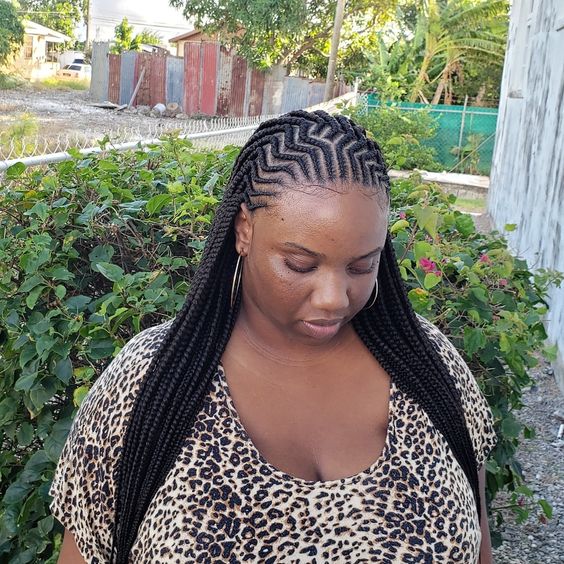
Tribal Fulani Braids

Small Boho Fulani Braids

Short Fulani Braids With Beads
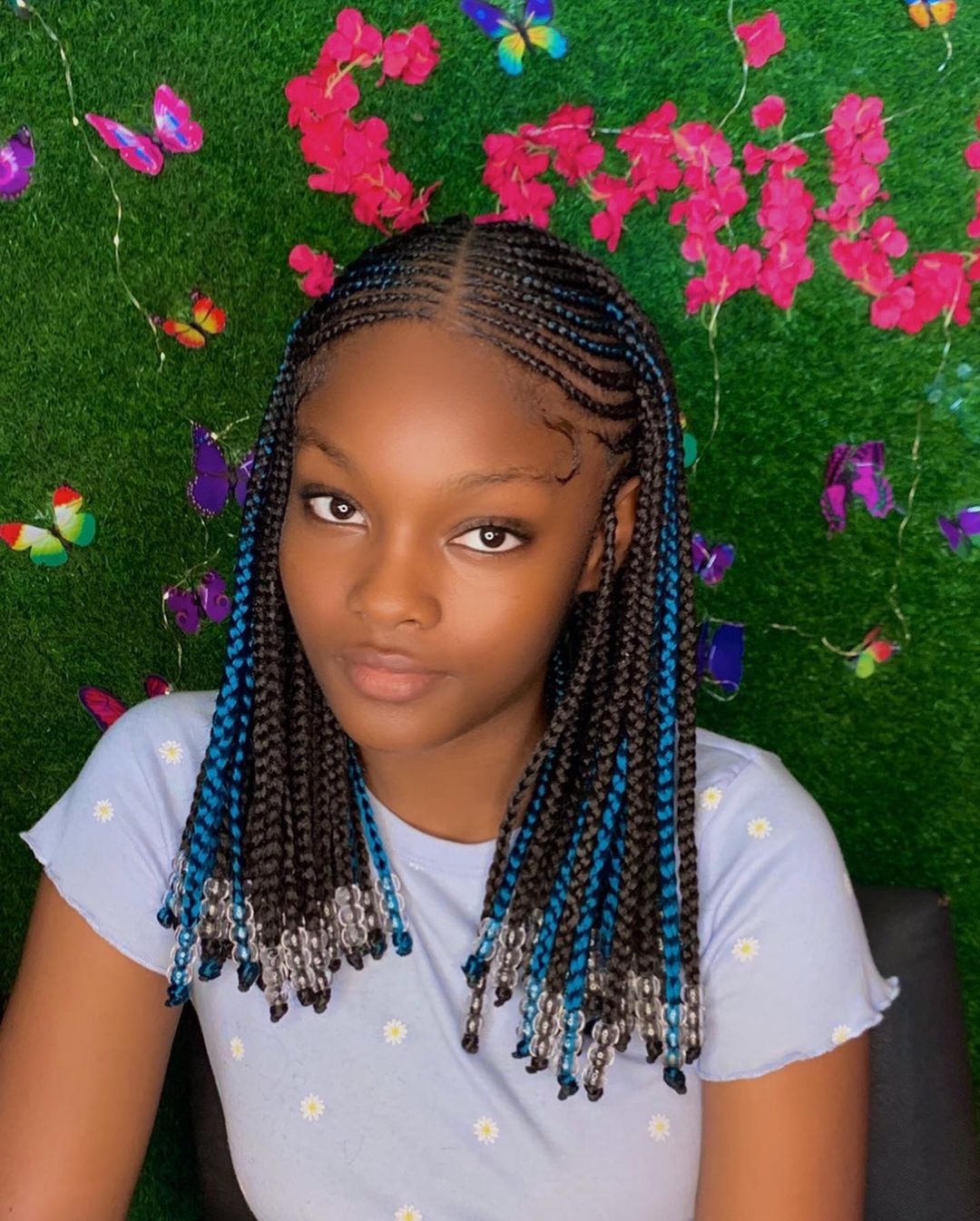
Overlapping Fulani Braids With Half-down Top Bun

Mixed Pattern Fulani Braids With Heart On Side

Middle Cornrow Fulani With Heart Shape on Top

Medium Fulani Braids

Left-Right Half Loose Fulani Braids

Laced Fulani Braids

Horizontal Top Fulani Braids
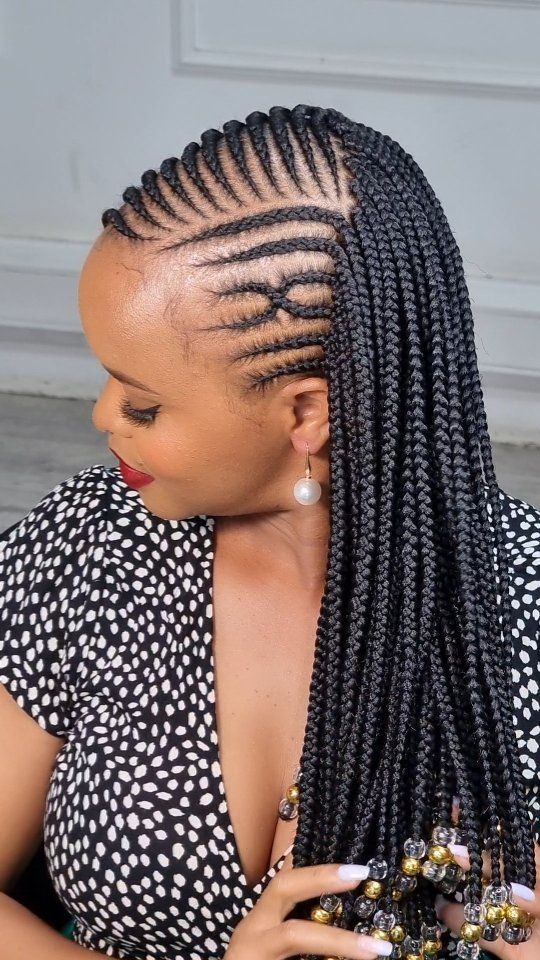
Heart And Triangle Fulani Short Braids With Glass Beads

Goddess Fulani Braids

Freestyle Tribal Fulani Braids

Flip Up Fulani Braids
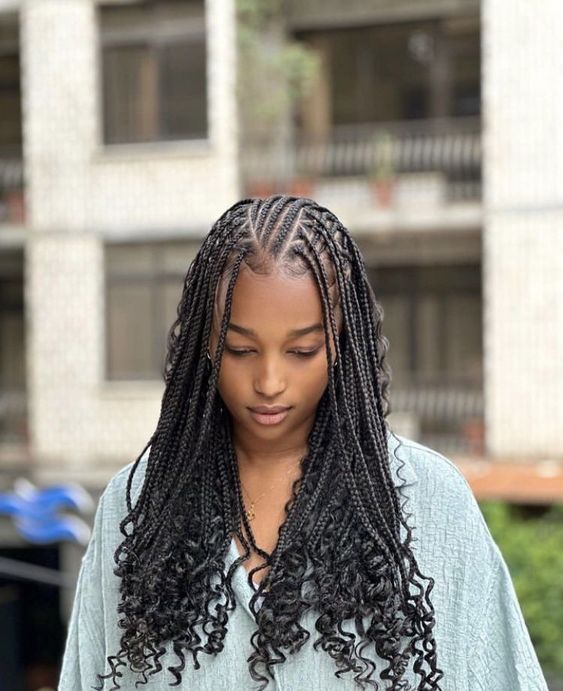
Fulani Braids With Triangle Parted Micro Braids

Curved Fulani Braids

Criss Cross Side Cornrows Fulani Braids

Burgundy Fulani Braids Intp Braided Twisted Top Bun

Blonde Fulani Braids In Top Bun

Cascading Fulani Braids
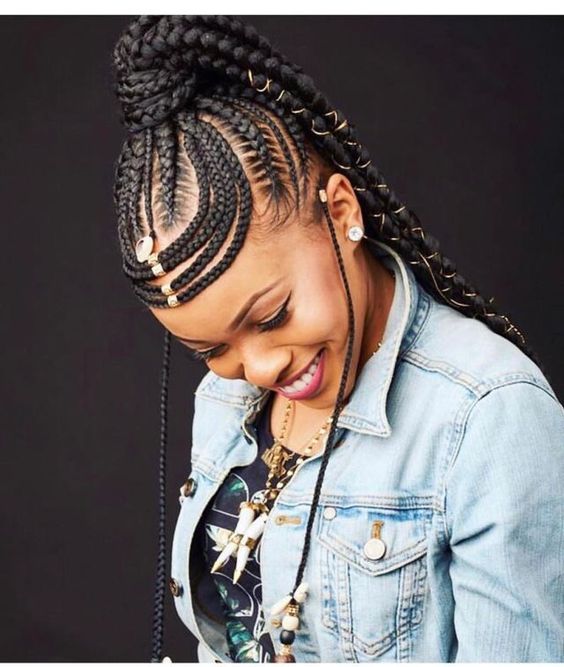
Styles and Trends
When I explore the world of Fulani braids, I’m always impressed by the blend of classic and modern trends that honor cultural traditions and push the boundaries of style.
Classic and Contemporary Looks
Fulani braids have a timeless allure, with their origins rooted in the Fulani people of West Africa.
The classic Fulani braid style typically includes a central braid that’s decorated with beads, and smaller braids that wrap around the head.
What’s really fascinating to me is how these traditional patterns serve as the foundation for contemporary variations.
For instance, knotless braids are a modern take that protects the scalp, while medium Fulani braids are a versatile option for those who want a blend of tradition and comfort.
Braids with Accessories
What catches my eye with Fulani braids are the accessories.
Personalized touches like inserting beads, cowrie shells, or even gold cuffs instantly elevate the style.
I’ve tried threading colorful ribbons through my braids for a playful look, and I love the way wooden beads give off an earthy vibe.
Some of my friends like to add a bit of bling with jewels – a simple yet striking way to stand out.
Celebrity-Inspired Styles
We can’t talk about Fulani braids without mentioning the celebrities who’ve showcased them on the red carpet.
Icons like Alicia Keys, Rihanna, and Solange have a way of making these braids feel both revolutionary and deeply personal.
I get inspired by Rihanna’s bouncy curls added to Fulani braids, or Alicia Keys’ signature style with a bold, face-framing look.
For those looking to emulate celeb styles, a straight-back style or braids with a heart design inspired by these artists can feel both glamorous and authentic.
Maintenance and Care
Taking care of Fulani braids involves regular maintenance to keep them looking beautiful and to prevent damage to my natural hair.
I like to think of them as a gorgeous, protective hairstyle that needs a little love and attention to maintain their regal charm.
Preparation and Protection
Before getting my Fulani braids, I make sure my hair and scalp are healthy and well-moisturized. This helps to minimize tension and damage.
Here’s how I prepare and protect my hair:
- Moisturize: I apply a good leave-in conditioner to keep my hair hydrated.
- Scalp Care: To protect my scalp, I use a light oil to maintain moisture without causing buildup.
Handling Extensions carefully is crucial when I have Fulani braids. Adding hair extensions can give me extra length and volume, or I can have fun with colored extensions for a more vibrant look.
Here’s what I do to keep my extensions in tip-top shape:
- Choosing Extensions: I opt for high-quality extensions to ensure a seamless and beautiful integration with my natural hair.
- Attachment: Having a professional stylist install my extensions is important to make sure the weave is secure and the tension is just right – not too tight to prevent damage.
- Maintenance: I regularly wash and condition my extensions with gentle products to maintain their beauty and longevity.







Leave a Reply
View Comments